DF Standard High Speed Saw Blade

Standard High Speed Saw Blade for cutting metals with diameters from 160 mm to 700 mm. We only use super high-speed steel manufactured by steel plants that are ISO 9001 approved. This guarantees the constant quality of the products supplied, which always come with a casting certificate and a detailed chemical analysis.
COATINGS AND SPECIAL APPLICATIONS
Customers can request a PVD surface coating or steam treatment on all DIN sawblades. We can also design and produce special tools for specific customer requirements
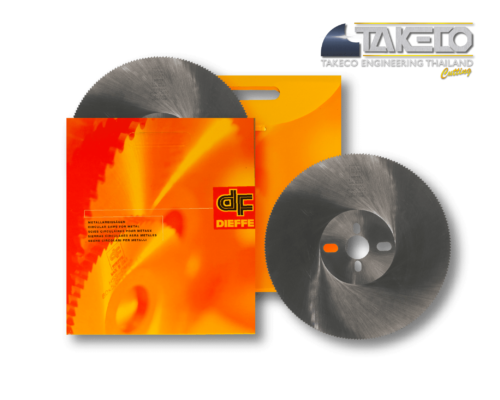
Bright – Grind-finished tool without superficial oxidation or coating. Suitable for cutting structural steel (HV 800), solid material and steel in general.
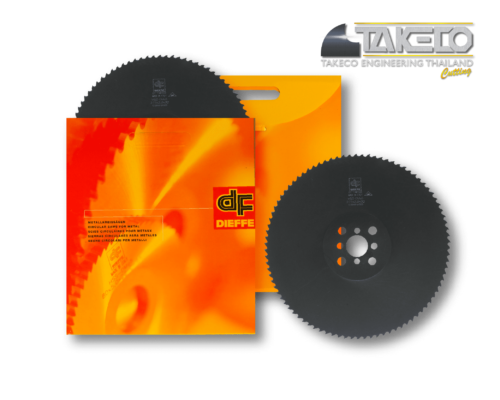
Steam treated – Superficial CO2 steam oxide treatment with 3 μm penetration, suitable for cutting structural steel, solid material and steel in general. The oxide surface treatment eliminates tension, holds the cooling agent better and improves resistance to clogging. (HV 800).
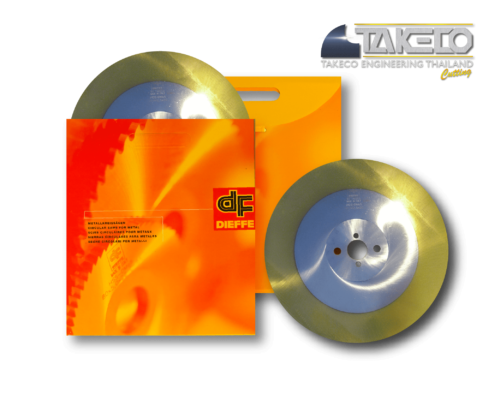
P.V.D Coating with 3 micron depth titanium base, which is obtained at a process temperature of approximately 490°C. It guarantees a coefficient of friction of 0.47 and a maximum oxidation temperature of 640°. The hardness of the coated layer reaches 2,480 Vickers (Hv 0.05). Its low thermal conductivity guarantees a high heat shield which protects the hardened steel base.
This coating is suitable to cut medium steel and must always be used with plenty of lubrication. It is not suitable for copper, brass or bronze cutting.
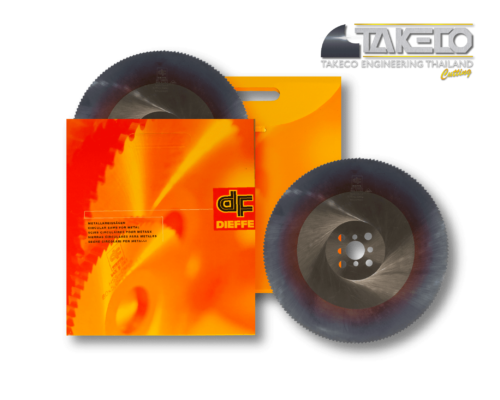
P.V.D. Coating with 2.5 micron depth. It is obtained by a plasma of titanium and carbon that enhance the hardness to 3,000 Vickers (Hv 0.05). The friction coefficient 0.22 is very low thanks to the large quantity of carbon. This characteristic makes it very suitable for cutting very abrasive materials such stainless steel and alloyed steels with a hardness up to 800 N/mm². The low coefficient of friction drastically reduces the chip welding on the cutting edge or in the disc sidewall. This coating should always be used with plenty of lubrication during the cutting operation – it has a low oxidation temperature (400°C).
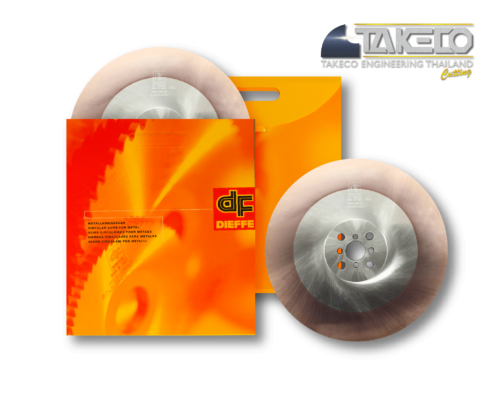
Multilayer P.V.D coating with 2.5 micron depth. It is obtained from a plasma with a particular titanium, carbon, and acetylene composition. This composition gives the coating a very low friction coefficient of 0.18 together with a considerable hardness of deposited layer 3,200 Vickers. (HV 0.05). These two characteristics guarantee the circular blades will be high performance with low wear, and also ensure an improvement in the cut’s finish. It is a coating with an oxidation temperature of 470°C and therefore must be used with abundant lubrication. It is particularly suitable for cutting stainless steel, titanium, and hardened steel, along with brass and copper.
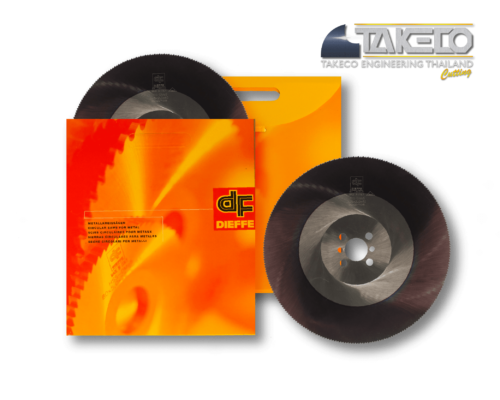
P.V.D Multilayer coating with depth of 3 micron. The plasma is obtained by the fusion of a titanium cathode and aluminium, in a particular percentage composition. The addition of an inert gas during the process, and the energy source with which the molecules are loaded, enable surface bombardment of the coating, resulting in excellent coating properties that guarantee a high thermal resistance to the sub layer; it has in fact, an oxidation temperature of 800°C obtaining a superficial hardness of 3,400 Vickers (Hv 0,05). The friction coefficient is 0.45 which enables the use of circular saws with excellent results with limited or minimum lubrication or micro-fog nozzle. It is particularly suitable for high alloy steel, up to 1100 N/mm², for cast iron cutting, stainless steel and all materials that develop high heat energy.
TOOTH SHAPE
In tooth production Julia uses only CNC machines with a CBN grinding wheel to obtain a very low surface roughness that guarantees excellent chip removal, and avoids material sticking to the cutting surface of the gullet. Our technicians can advise on the best tooth shape for each specific application.
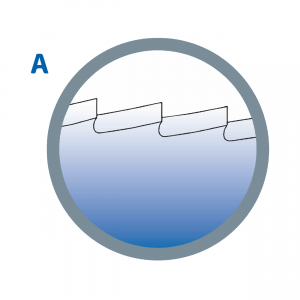
Tooth shape A is normally used on fine toothing (<T3) for applications such as brass alloy cutting, jewellery and screw slotting.
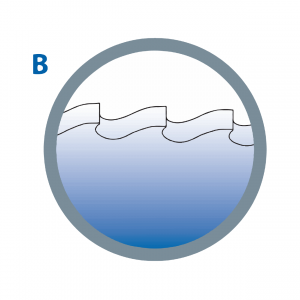
Tooth shape B is normally used for thin-walled pipes and the cutting of structural shapes, especially where chip removal is not an issue.
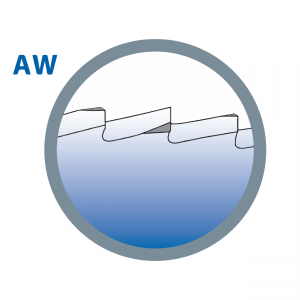
Tooth shape AW, unlike type A, is alternately bevelled, thus optimizing chip shredding. It is particularly suitable for precision cutting.
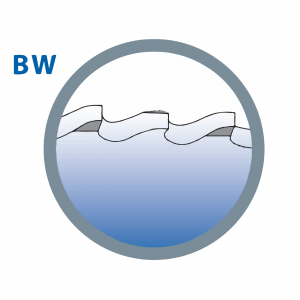
Tooth shape BW is primarily used for cutting pipes and sections. The tooth is alternately bevelled at 45°, breaks the chip in two and guarantees good chip evacuation.
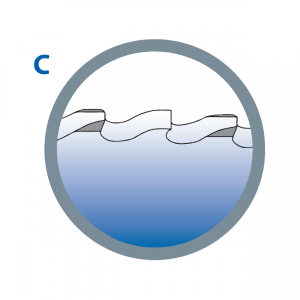
Tooth shape C is used for solid sections or very thick pipes. The chip is shredded into three parts due to the presence of both a finishing tooth without chamfer and a pre-cutting tooth (longer than 0.25 mm) with two chamfers on each side.
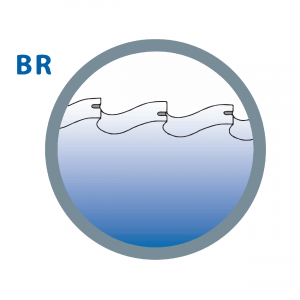
Tooth shape BR has been successfully introduced for cutting pipes. It has double the number of cutting edges and guarantees a higher number of cuts and a better finish to the section. It also improves tool durability by about 20% because it reduces the removed section per each single sharpening.
COATING CHOICE
Material | Coolant | Micro-Atomization |
carbon steel | TIN | TIALN |
hard steel | TIN / TICN | TIALN |
stainless steel | TICN | TIALN |
cast iron | TIALN | TIALN |
inconel | TIALN | TIALN |
titanium | TIALN | TIALN |
copper | TICN | TIALN |
bronze and brass | TIALN | TIALN |
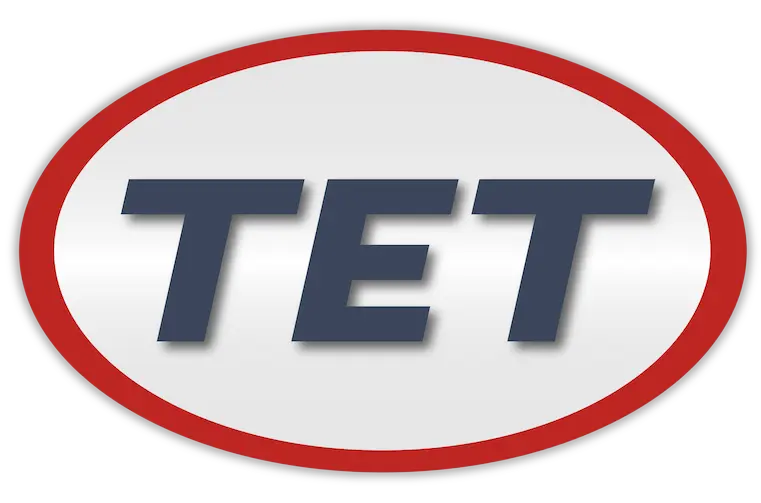
 ไทย
ไทย English
English

